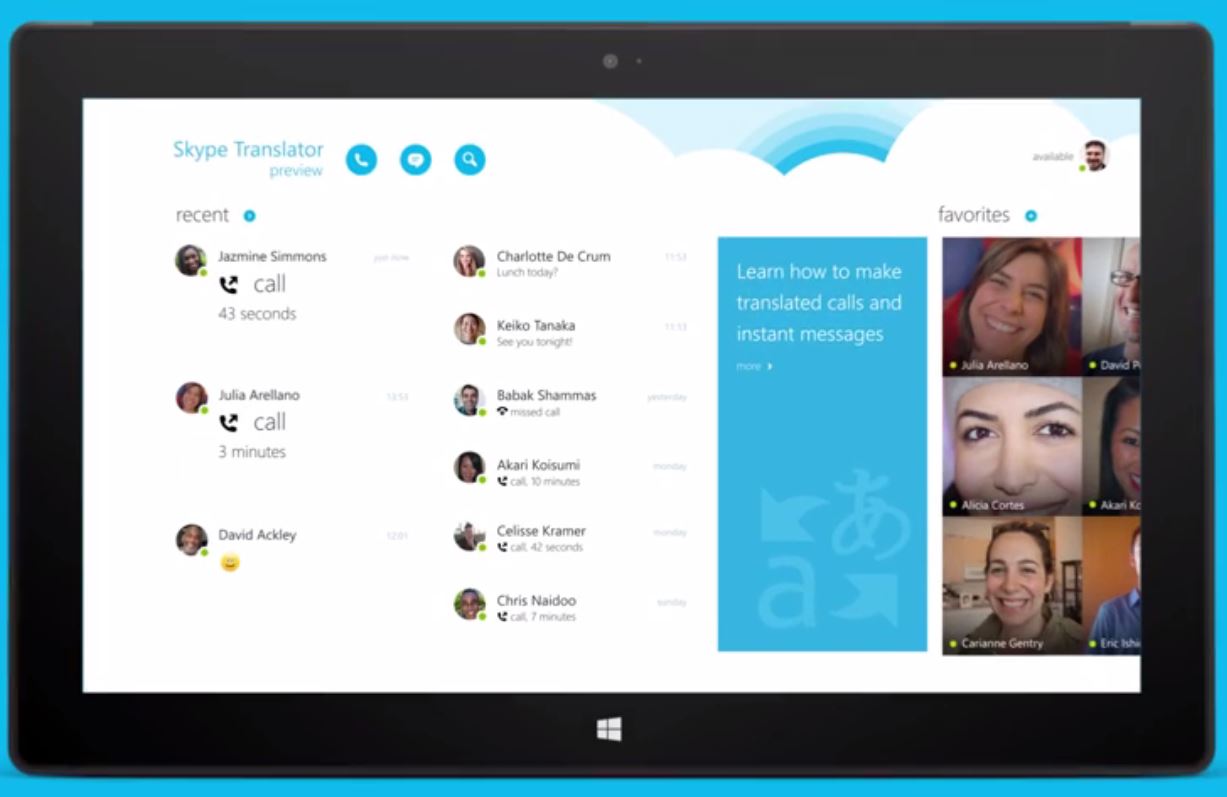

Microsoft has broadened beta-testing for a browser-based version of Skype, making it available to any user in the UK or the US – although Google’s Chrome OS, which is designed for cloud-based laptops called Chromebooks, isn’t yet supported.
Skype for Web first launched in test form last November, but was only available to a handful of users at that time.
The launch of the public beta-test version, available via the Skype website, makes the offering available to any current or new user in the UK or the US, using Internet Explorer, Chrome, Safari or Firefox browsers.
However ORTC, which is being developed by Microsoft along with Google and others, hasn’t yet been finalised. In the meantime, the Skype web application requires users to install a browser plug-in, or, in the case of browsers that don’t support plug-ins, such as Google’s Chrome and Edge, the browser Microsoft is developing for Windows 10, an extension.
“Skype for Web is an important step for Skype as we move towards implementing the technology to make Real-Time Communications (RTC) on the web a reality,” said Microsoft’s Skype product marketing manager, Jonathan Watson.
Microsoft said the web application is intended for those who normally use Skype on a mobile device but want to view calls and messages on a bigger screen without installing an application, or for those wishing to use Skype at a computer in an Internet café or hotel that doesn’t already have Skype installed.
It offers the standard Skype features, including video calls, and synchronises messages from native desktop, mobile and TV versions. The web tool also introduces a timeline view, a single, searchable list including both contacts and recent conversations, and supports notifications, so that users are alerted to incoming calls and messages when they’re using other browser windows or applications.
Watson said Microsoft plans to make Skype for Web available worldwide “in the next few weeks”.
In April Microsoft began rolling out Skype for Business to Office 365 customers, with all users expected to make the transition from the Lync unified communications platform by the end of May. Skype for Business’s interface is heavily inspired by its consumer counterpart and features such as instant messaging, presence and voice calls are built into Office 365 software.
Microsoft said the replacement of Lync by Skype is part of a plan to offer a unified experience across Microsoft’s enterprise and consumer software products.
Last year Microsoft introduced translation tools for speech and text to Skype.
Do you know all about Microsoft Windows Phone? Take our quiz.
Multiple pension funds in Australia have been hit in co-ordinated hacking attacks, and unfortunately customers…
Inspector General at the Pentagon confirms investigation into the use of Signal app by US…
After a two month hiatus following crashes of a new drone model, Amazon has resumed…
Marking 50 years of Microsoft, this editorial reflects on its evolution from startup to tech…
But will Beijing or ByteDance allow sale? Amazon joins potential bidders for TikTok in US,…
Elon Musk dismisses report that Trump told cabinet that he expects Musk to leave his…